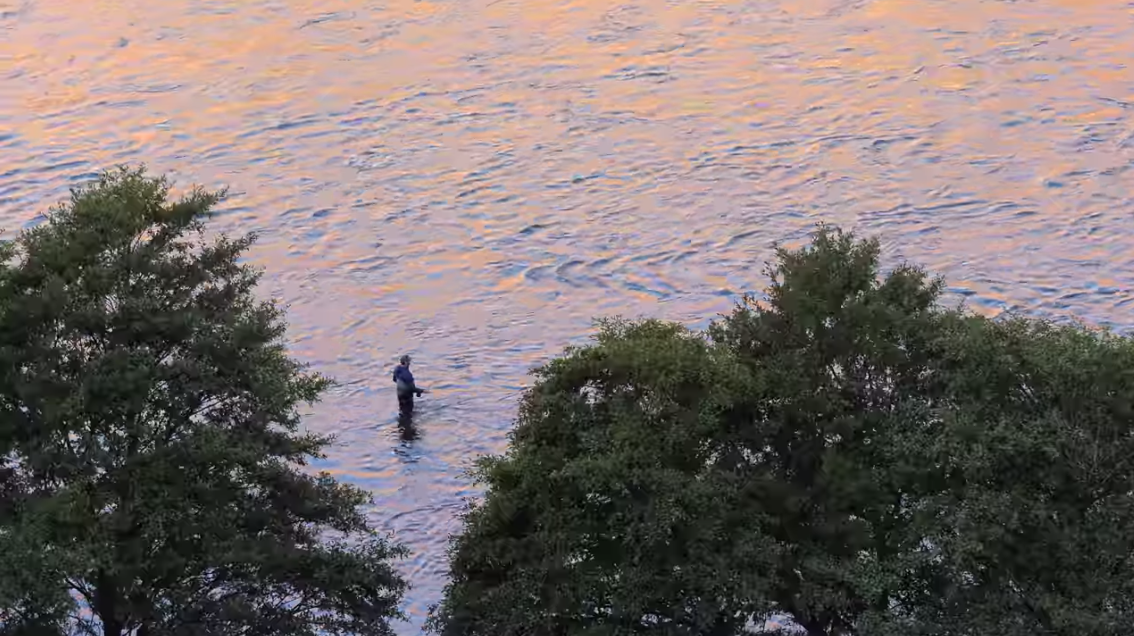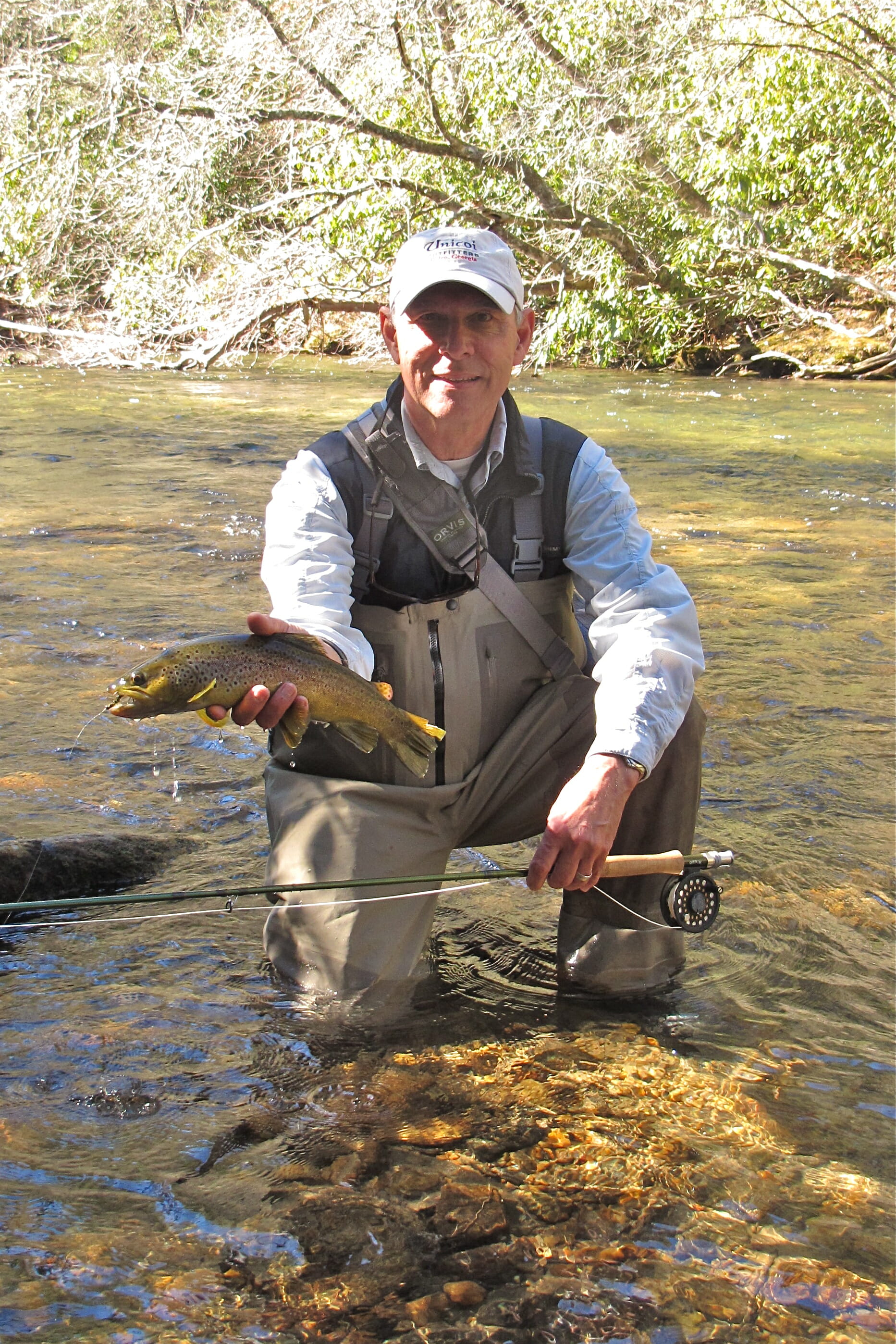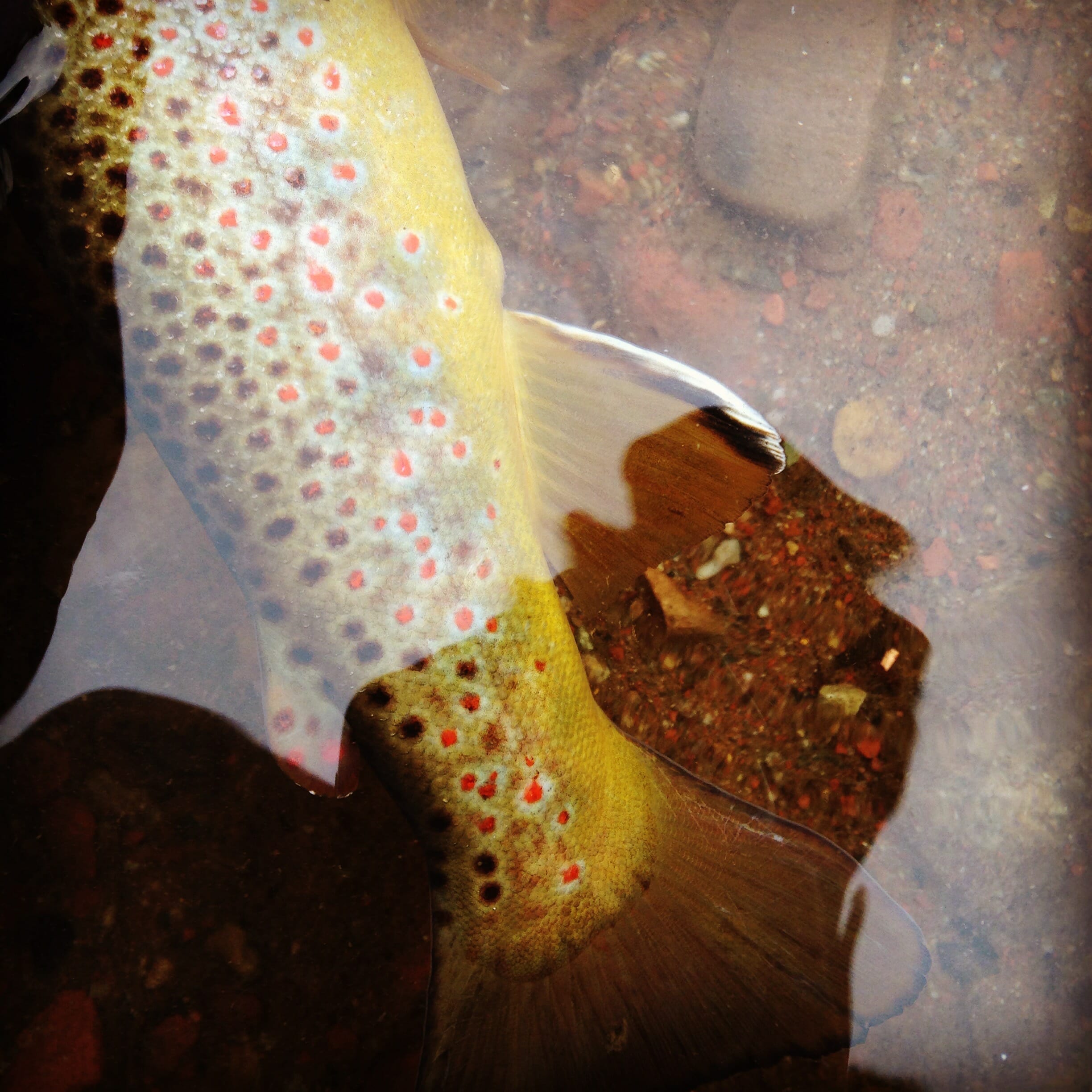-
Desert Dries

Steelhead are never easy to catch. If they were ... well, they wouldn't be steelhead. But they might be especially difficult to catch on a skated dry fly. One western river, the desert section of the lower Deschutes, is known for big, fresh-from-the-Columbia chromers that will, indeed, hit a dry fly on the skate. https://youtu.be/uht997Ccw_M…
-
Unicoi Outfitters celebrates 25 years of excellence

One of the great things about working with the fly fishing industry and conservation is the people you meet. You meet a lot of kind, authentic people who care deeply about fish and fishing. And you soon learn that there are people who will never let you down. So it is with Jimmy Harris and…
-
Red Tag Wet Fly

Wet flies fished on the swing can be among the most effective patterns for trout, particularly in late summer and early fall when migratory fish, like brown trout and brook trout, are aggressive and hungry. https://youtu.be/j9Pp2Xuq-J0 Tim Flagler of Tightline Productions ties a great wet fly pattern in the video above. Although originally tied in…
-
Renewable energy, climate change, public lands and bipartisanship … Oh my!

Photo: USFWS/Joshua Winchell In this age of boundless partisanship, something remarkable happened this summer. A smart, forward-thinking piece of legislation addressing climate change was introduced that is sponsored by two Arizona congressmen from opposite ends of the political spectrum: Republican Paul Gosar, who rode the Tea Party wave into Congress in 2010, and Democrat Raul…
-
September is #publiclandsmonth

An angler in the George Washington National Forest By Corey Fisher Trout Unlimited is devoting the month of September to celebrating public lands and the agencies dedicated to upholding America’s public land heritage. It’s no coincidence that National Hunting and Fishing Day and National Public Lands Day are both during September -- the month is…
-
Coaching an elder to success

“One more cast,” I say to my brother from the bank above the Frying Pan River. A monster trout is rising with regularity and taunting my brother’s last nerve. I’ve been coaching him to place his fly in the exact spot from his perch on the opposite side of the run for what seems like forever. …
-
5 Rivers Odyssey Reflection: Dan Eiden

The TU Costa 5 Rivers Odyssey was an experience like no other. This month-long journey across the Pacific Northwest challenged my perspectives and exposed me to issues that I could never have envisioned, let alone take on first-hand. Each day on the Odyssey was full of new experiences, whether it was conducting a fish salvage on a small mountain stream or chasing steelhead…
Category

